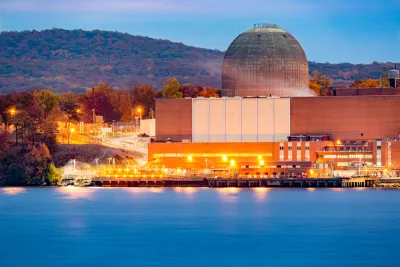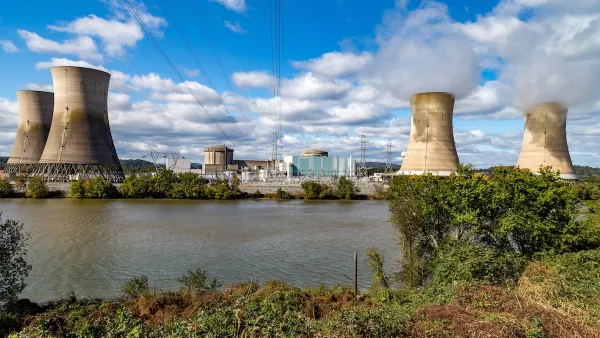Tech giants are seeking out renewable energy to fuel power-hungry data centers and AI applications.

As data centers and artificial intelligence demand more and more electricity, tech giants are looking for new ways to produce power. According to a report by Mark Segal in ESG Today, Google announced an agreement with nuclear technology company Kairos Power to produce up to 500 MW of energy at projects around the country.
“The agreement comes as Google and its tech giant peers look to address the growing emissions impact of their rapidly expanding data center footprints. While Google has set 2030 goals to reach net zero emissions across its operations and value chain, and to reduce 50% of its combined Scope 1, 2, and 3 absolute emissions, on a 2019 basis, the company recently reported that its emissions increased by 13% in 2023, and are up by 48% since 2019, as its growing data center electricity consumption has outpaced its ability to bring carbon free energy projects online.”
According to Segal, “The deal marks the first-ever agreement to purchase nuclear energy from multiple small modular reactors (SMRs), as well as Google’s first advanced nuclear deal, according to Google Senior Director, Energy and Climate, Michael Terrell.” Similarly, Microsoft made a deal to use power from the Three Mile Island nuclear plant, which could be reopened.
FULL STORY: Google Signs First Nuclear Energy Deal to Address Growing AI Carbon Footprint

National Parks Layoffs Will Cause Communities to Lose Billions
Thousands of essential park workers were laid off this week, just before the busy spring break season.

Retro-silient?: America’s First “Eco-burb,” The Woodlands Turns 50
A master-planned community north of Houston offers lessons on green infrastructure and resilient design, but falls short of its founder’s lofty affordability and walkability goals.

Delivering for America Plan Will Downgrade Mail Service in at Least 49.5 Percent of Zip Codes
Republican and Democrat lawmakers criticize the plan for its disproportionate negative impact on rural communities.

Test News Post 1
This is a summary

Test News Headline 46
Test for the image on the front page.

Balancing Bombs and Butterflies: How the National Guard Protects a Rare Species
The National Guard at Fort Indiantown Gap uses GIS technology and land management strategies to balance military training with conservation efforts, ensuring the survival of the rare eastern regal fritillary butterfly.
Urban Design for Planners 1: Software Tools
This six-course series explores essential urban design concepts using open source software and equips planners with the tools they need to participate fully in the urban design process.
Planning for Universal Design
Learn the tools for implementing Universal Design in planning regulations.
EMC Planning Group, Inc.
Planetizen
Planetizen
Mpact (formerly Rail~Volution)
Great Falls Development Authority, Inc.
HUDs Office of Policy Development and Research
NYU Wagner Graduate School of Public Service





























